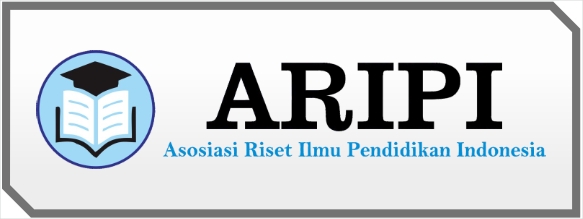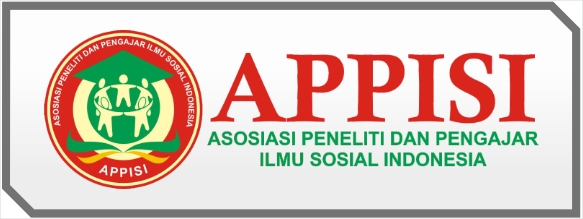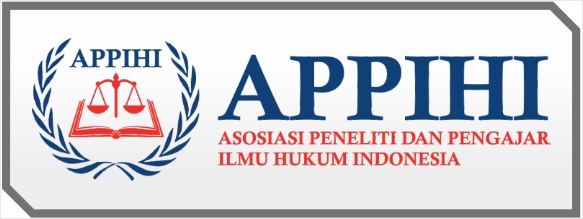Optimalisasi Pemanfaatan Daun Jati sebagai Bahan Baku Piring Ramah Lingkungan terhadap Perbedaan Kualitas Berdasarkan Musim
DOI:
https://doi.org/10.59581/jipsoshum-widyakarya.v3i1.4585Keywords:
Sustainable, Waste, Teak Leaves, Season, Environmentally friendlyAbstract
The utilization of natural resources in the current era is an important concern, especially in supporting environmental sustainability. The development of awareness of environmental issues also affects the economic cycle, especially the production process of environmentally friendly goods. The running of environmentally friendly goods production in Indonesia is evidenced by the existence of various product innovations that utilize waste or natural materials, one of which is JEcoware. The existence of JEcoware is also a means of supporting business actors to carry out sustainable product innovations. One of the popular JEcoware product innovations is the utilization of teak leaves and used cardboard. The type of method used is descriptive observation with a qualitative approach. All data for this observation was obtained through literature reviews by analyzing information from various sources, as well as through the analysis of production practices carried out periodically at JEcoware. Based on the results of the discussion, it is known that the utilization of teak leaves is influenced by the season and the availability of materials to produce JEcoware products. The change of seasons also affects the quality of teak leaves due to irregular rainfall. Therefore, seasonal changes significantly impact the quality of raw materials and the JEcoware production process, ultimately influencing the production of high-quality and sustainable products.References
Bosco Green Club. (3 Desember 2009). Bahaya sampah plastik (Leaflet No. 363.728 BOSb). Perpustakaan AMPL.
Farin, S. E. (2021, September 15). PENUMPUKAN SAMPAH PLASTIK YANG SULIT TERURAI BERPENGARUH PADA LINGKUNGAN HIDUP YANG AKAN DATANG, 2-6. https://doi.org/10.31219/osf.io/y2v5t
KlikHijau. (6 Agustus 2021). Mengapa pohon jati menggugurkan daunnya di musim kemarau? KLIK HIJAU.COM https://klikhijau.com/mengapa-pohon-jati-
menggugurkan-daunnya-di-musim-kemarau/
Lutfiana, L., Mowidu, I., & Dewi HS, E. S. (2022). Porositas dan kadar air tersedia tanah di bawah tegakan jati. Jurnal Tanah dan Lingkungan, 15(2), 55-62.Martinus, (2023). Rekayasa Pembuatan Piring Sekali Pakai Berbahan Dasar Daun (Disertasi). Universitas Lampung.
Natadjaja, L., & Yuwono, E. C. (2017). Kearifan Lokal Kemasan Penganganan Tradisional. Yogyakarta: ANDI.
Puji Utami, P., Vioreza, N., & Putri, A. (2021). Pemberdayaan Pemulung melalui Limbah
Kardus. Jurnal Abdimas Prakasa Dakara, 1(1), 3-4. https://doi.org/10.37640/japd.v1i1.944
Rahmawati, A. F., Amin, R., Rasminto, & Syamsu, F. D. (2021). Analisis Pengelolaan
Sampah Berkelanjutan pada Wilayah Perkotaan di Indonesia. Bina Gogik, 8(1), 1-9. https://doi.org/10.61290/pgsd.v8i1.289
Ulum, A. (8 Juni 2020) PENYEBARAN TANAMAN JATI DI INDONESIA. CIRICIRIPOHON https://www.ciriciripohon.com/2020/06/penyebaran-tanaman-
jati-di-indonesia.html
Widiyana, E. (20 Mei 2024) Mahasiswa Surabaya Bikin Piring dari Daun Jati, Limbahnya Bisa Jadi Pupuk detikJatim https://www.detik.com/jatim/jatim-moncer/d-
7348295/mahasiswa-surabaya-bikin-piring-dari-daun-jati-limbahnya-bisa-jadi-pupuk.
Yasmine, F. (19 Februari 2023). Tumpukan Sampah Semakin Mengancam Bumi: Bagaimana Cara Menerapkan Gaya Hidup Zero Waste? NATIONAL GEOGRAPHICINDONESIA.https://nationalgeographic.grid.id/read/133699289/tu
mpukan-sampah-semakin-mengancam-bumi-bagaimana-cara-menerapkan-gaya-hidup-zero-waste
Downloads
Published
How to Cite
Issue
Section
License
Copyright (c) 2024 Jurnal Insan Pendidikan dan Sosial Humaniora

This work is licensed under a Creative Commons Attribution-ShareAlike 4.0 International License.














